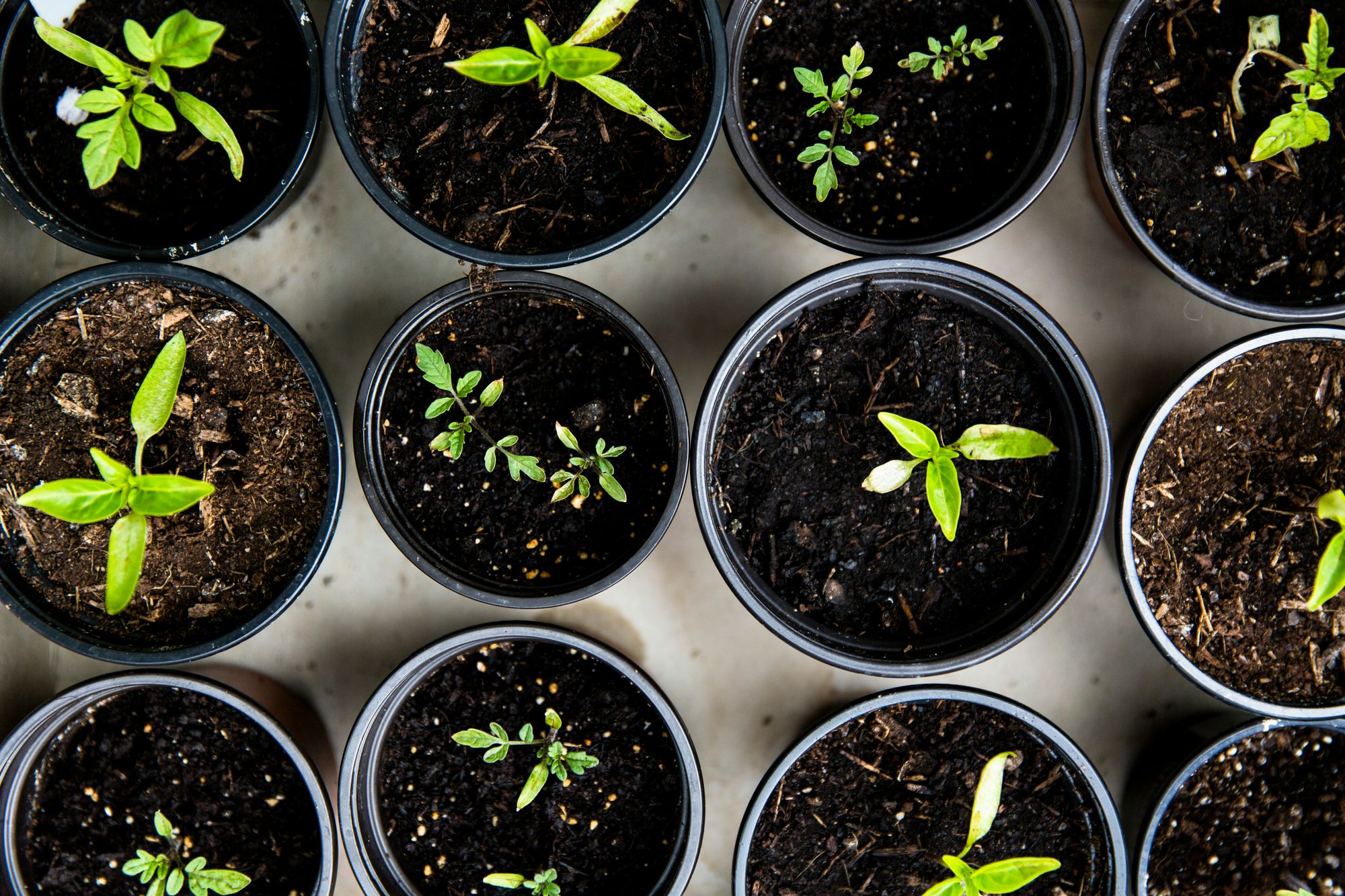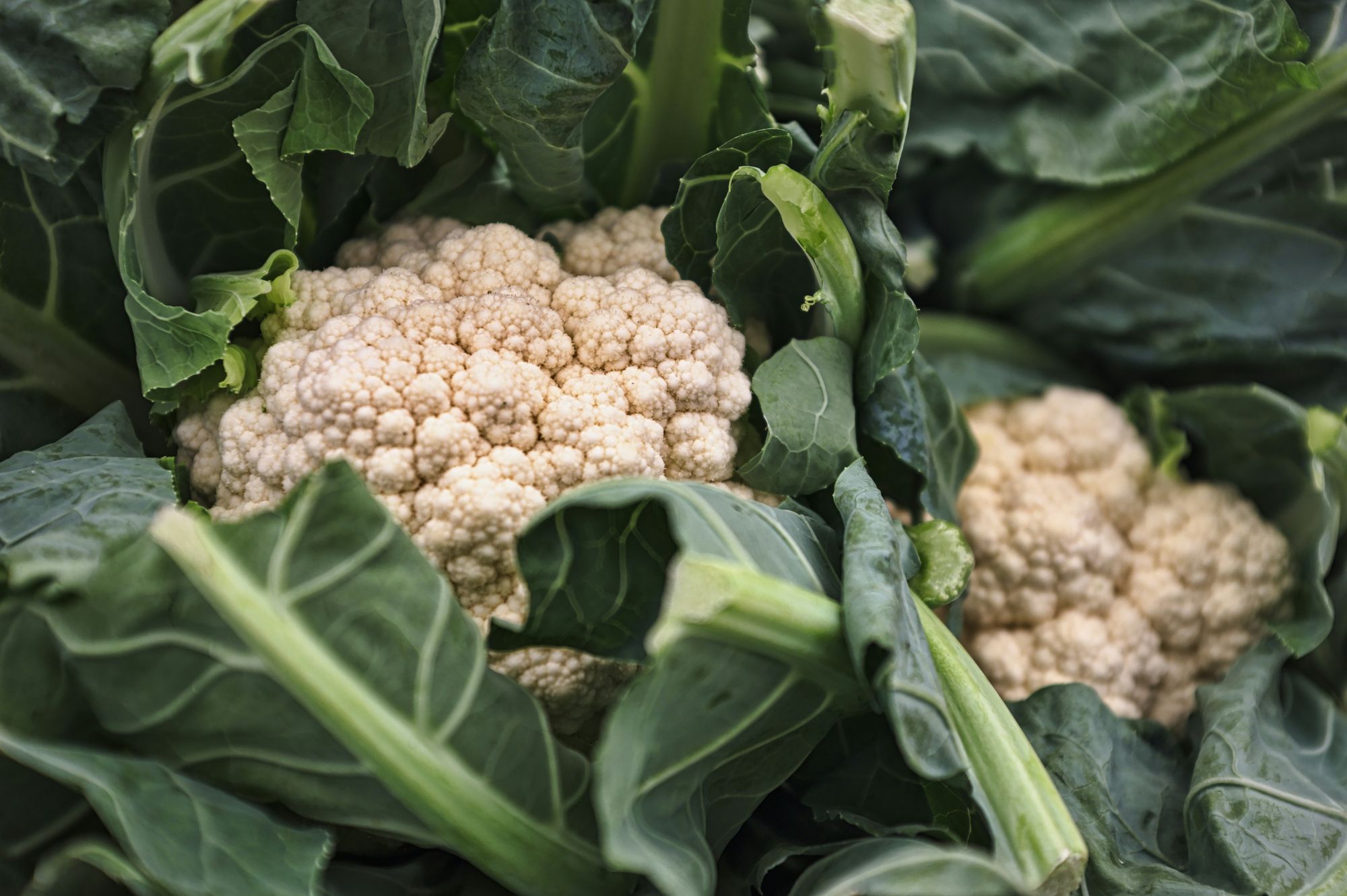The Hungry Gap

For a period in March, April and even into May the winter crops have ended but the new season’s plantings are not yet ready to harvest. As a result there is a lack of fresh produce available here in Britain.
Put simply - the spring and summer vegetables are not quite ready to brave the chillier days and hardy winter vegetables cannot survive the slightly warmer days, so we find ourselves in the aptly named Hungry Gap.
The term Hungry Gap stems from a time when the lack of British grown produce really meant going hungry and people had to survive on the very little produce that did grow, together with preserved goods.
There has been a change in our eating habits away from seasonal produce with the consumer demanding all produce, all of the time and as a result the supermarkets import significant amounts of fruit and vegetables from countries all over the world to satisfy this.
In essence, this is an answer to the Hungry Gap as well as providing consumers with the much loved variety they have become accustomed to. However, this negatively impacts the environment by importing goods which can travel hundreds even thousands of miles to end up in the supermarket and ultimately on your our plate.
This does not sit well with those of us caring for our planet and trying to eat more sustainably.

British farmers work hard to try and bridge the gap, via better storage, choosing varieties which extend the end of the season, and using polytunnels and insulating covers to speed up the new crops.
But before we tuck into delicious new potatoes, asparagus and spring time salads, what can we do … we need to think outside the box, the veg box!
Firstly, preparation is key, we can and should prepare for this time when winter’s veg is beginning to run out, and the crops of spring and summer are still some time away by pickling, fermenting, and freezing. Consider freezing individual items to cook with throughout this time or batch cook when produce is in season and make soups and sauces to last through 'the gap'. This will help to add variety and ensure you still benefit from a healthy balanced diet.
Secondly, we can continue to eat seasonally even if it’s a little limited for a while but limitation can and should spark creativity.
There are still lots of root vegetables harvested and stored through the winter and even if you don’t fancy hearty soups or stews as the days become lighter and brighter you can roast and add to couscous or rice.

It is possible to grow cauliflower all year round so a freshly picked cauliflower may be on the menu - these are becoming quite the fashionable dish either as a cauliflower ‘steak’ sliced into large slabs and grilled or roasted. Or, kept whole and roasted, topped with any number of sauces which makes for quite the centrepiece.
There are even early greens known as ‘hungry gap’ kale - they are homegrown full of flavour and make for a great side drizzled with oil and a little garlic. Now is a perfect time to go foraging for wild garlic which can be used in a punchy pesto for pasta or toast, or made into a Salsa Verde for marinating meat.
Finally, if you want to get a little more adventurous take a look at Kate Harrison’s article, as she explains her favourite solution to the hungry gap is a green that grows freely in most areas - the stinging nettle.
Harrison refers to three favourite nettle recipes including soup, spanakopita and risotto by Hugh Fearnley Whittingstall. She goes on to say that nettles also make a lovely pesto as made by Mr Whittingstall. Just be careful and do follow her guidance.
Happy eating folks and please do let us know if you have any interesting ‘hungry gap’ recipes.
